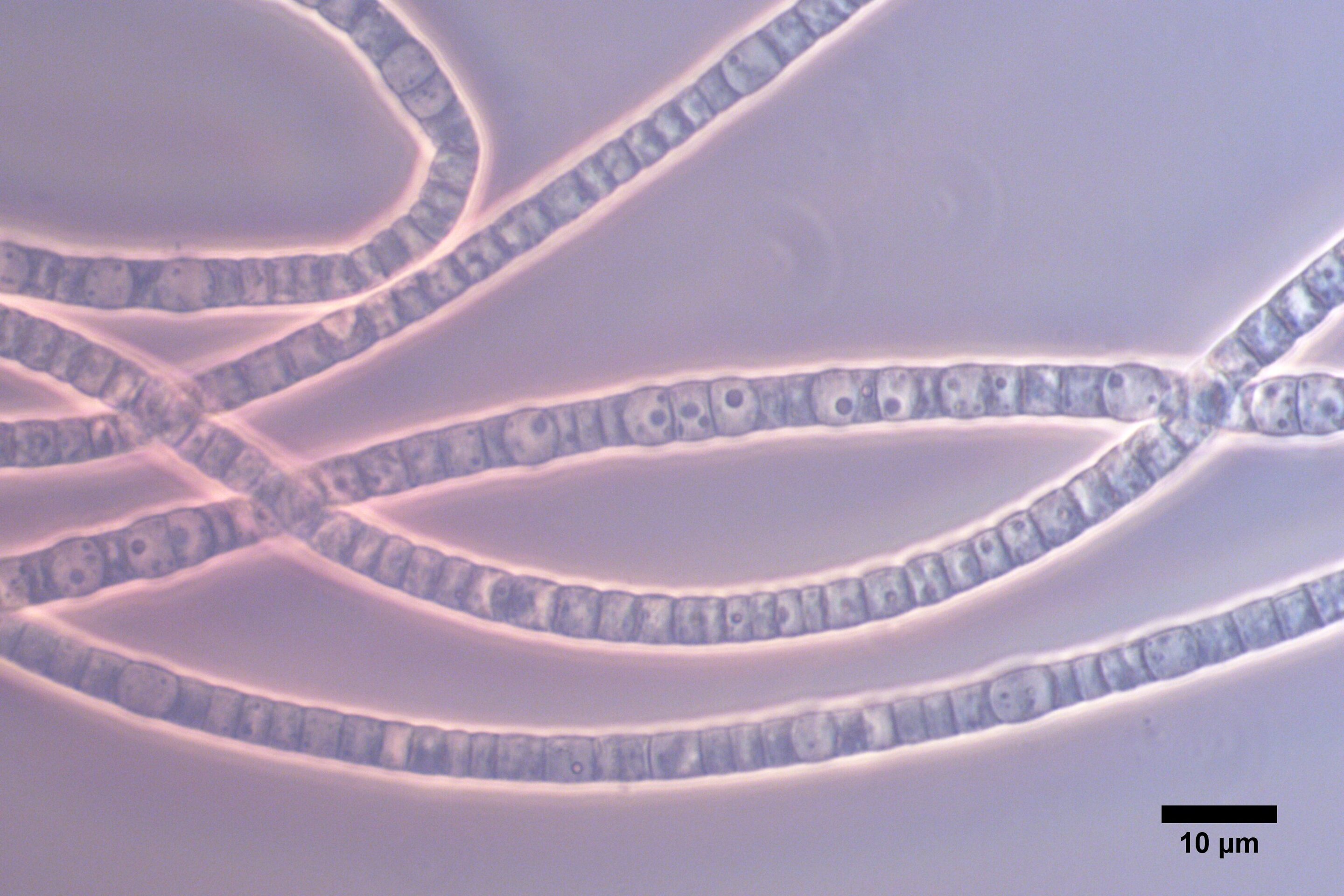Cable bacteria: Living electrical wires with record conductivity
Date: 13.9.2019
A team of scientists from the University of Antwerp (Belgium), Delft University of Technology (Netherlands) and the University of Hasselt (Belgium) have reported on bacteria that power themselves using electricity and can send electrical currents over long distances through highly conductive power lines.
 Centimeter-long bacteria from the seafloor contain a conductive fiber network that operates in a way comparable to the copper wiring that used to transport electricity. The highly conductive fibers enable a completely new interface between biology and electronics, providing a prospect for new materials and technology.
Centimeter-long bacteria from the seafloor contain a conductive fiber network that operates in a way comparable to the copper wiring that used to transport electricity. The highly conductive fibers enable a completely new interface between biology and electronics, providing a prospect for new materials and technology.
Cable bacteria are centimeter-long micro-organisms that consist of thousands of cells in a row. "These multicellular bacteria were only discovered a few years ago, and we already knew they were doing something exceptional," explains team leader Prof. Filip Meysman (University of Antwerp).
"Detailed investigations showed that electrical currents must be running through the seafloor, and all data suggested that the cable bacteria were generating and conducting these currents. Such an electricity-based metabolism would give the cable a huge advantage, being able to harvest energy from deeper layers within the seafloor." Although a tantalizing idea, there was no direct proof that cable bacteria were actually conductive.
"It took us great effort to connect the bacteria," explains Prof. Herre van der Zant, a physicist from Delft University of Technology. "But when we finally succeeded, the results were baffling. We saw that there was a large current going through this thin cable bacterium."























